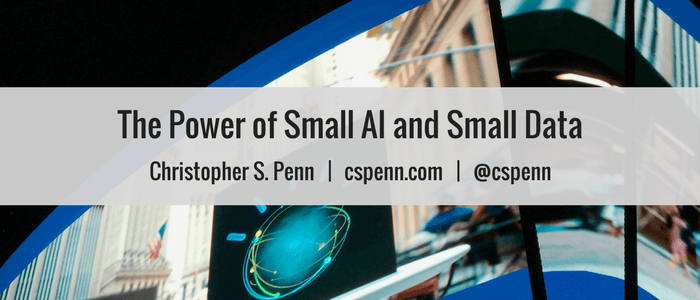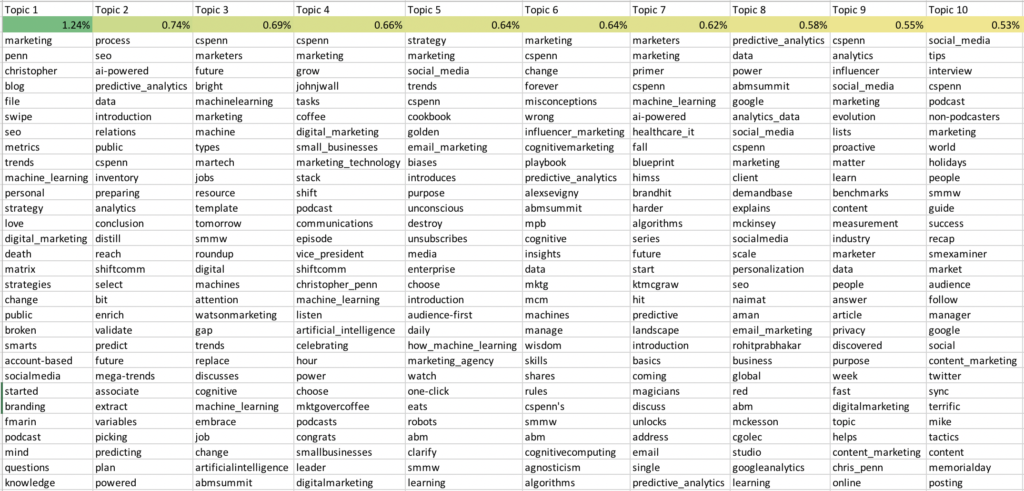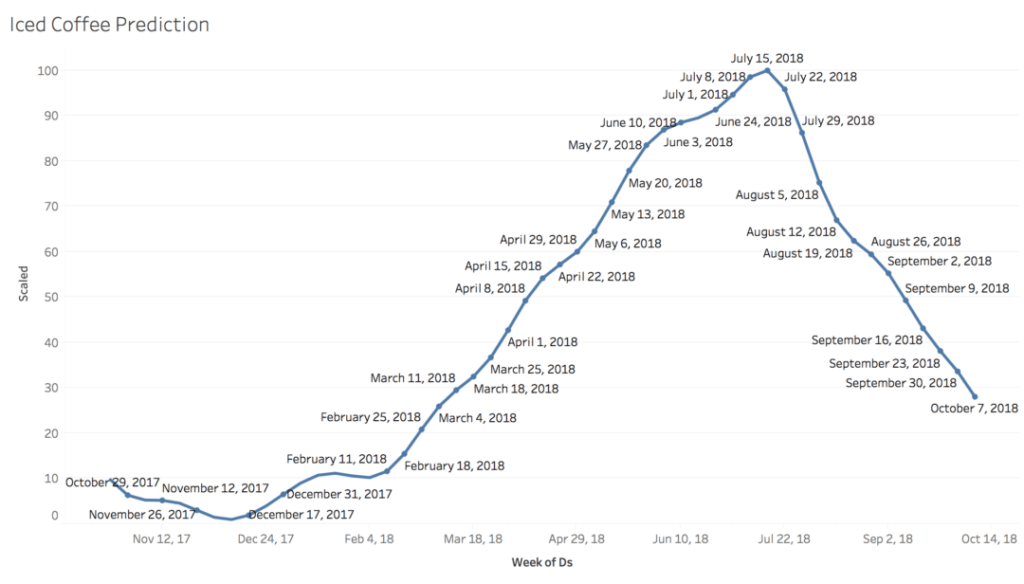
AI is touted as the solution to problems beyond the scope and scale of what humanity could solve on its own in a timely manner. From finding needles in haystacks such as one face in a billion photos to coordinating fleets of autonomous vehicles, AI will likely fulfill many of the promises made on its behalf.
That said, many marketers and business professionals fairly wonder what impact AI will have on their day-to-day lives. Many of the problems we face every day at work don’t need billion dollar computing infrastructures to solve. We could do them ourselves with enough time and effort.
Small (But Personally Big) Problems
We struggle as humans to make sense of our day-to-day work data in a timely manner. We might have spreadsheets with a few hundred or thousand rows, but that amount of data is enough to blind us to implicit connections, to insights that would make a difference.
Perhaps we could solve a problem in four hours, but we are not afforded the luxury of four contiguous hours to solve most problems. Our attention and energy are fractured. When our days are divided into large blocks when we are in meetings and small blocks of doing actual work, we need the power of AI to help us get things done in those little moments.
The key word, the key problem, is time. Software has made us far more productive, allowing us to do more, quickly. AI is simply the next iteration of software productivity enhancements. We will use AI to solve personal-scale problems and save ourselves more time in the same way that we use office productivity software today to accelerate our work.
I call this Small AI, analogous to Small Data. Big Data and Big AI solve huge problems. Small AI and Small Data solve individual problems.
For example, suppose we need to quickly sort through the day’s news about our company. We might find on a good day that we have 50, 100, or even 200 articles to read. We need to present a summary to our stakeholders. Using small AI, we crunch those articles down to a bite-sized digest that gives us what we need.

Suppose we have weekly sales numbers to compile from all our regional stores. A few stores had a computer glitch and the data is missing, but the board or Wall Street won’t accept a delay in reporting. Using small AI and the data we do have, plus historical data, we accurately infer the missing data and meet our deadlines.
What if we are sitting in a customer service team meeting and need to forecast staffing for the next month? We could guess or rely solely on last month’s activity, but customer service is rarely so steady. Using small AI and predictive analytics, we create a precise, granular forecast that meets our needs.

Small AI and Small Data use the same technologies as their Big siblings. They bring the same best practices, but don’t need the computing infrastructure to yield the same time savings, insights, and impact. Big AI takes problems that would take millennial to solve into problems solved within human timescales. Small AI turns individual problems into solutions that smooth out the bumps in our day and let us scale as individuals.
Where are you in the adoption of small AI?
You might also enjoy:
- You Ask, I Answer: AI Music Collaborations and Copyright?
- Almost Timely News, Febuary 18, 2024: From Comment to Content
- Mind Readings: Generative AI and Addition vs Substitution of Jobs
- Mind Readings: What Makes A Good Conference/Event?
- You Ask, I Answer: Retrieval Augmented Generation vs Fine-Tuning?
Want to read more like this from Christopher Penn? Get updates here:
 Take my Generative AI for Marketers course! |


Leave a Reply